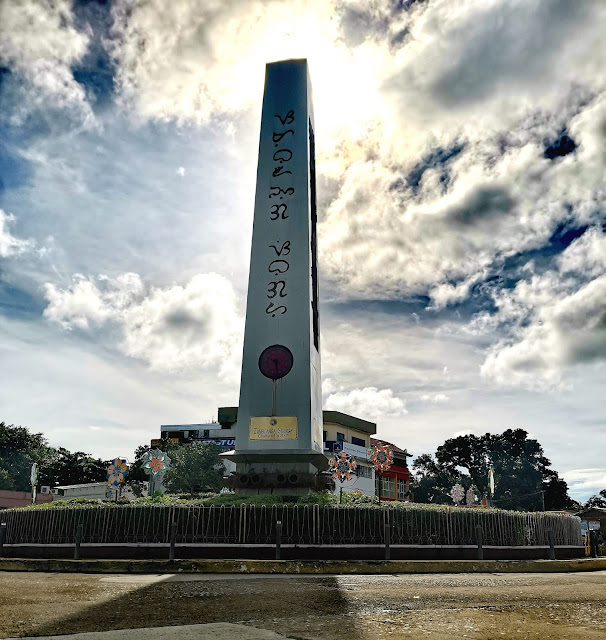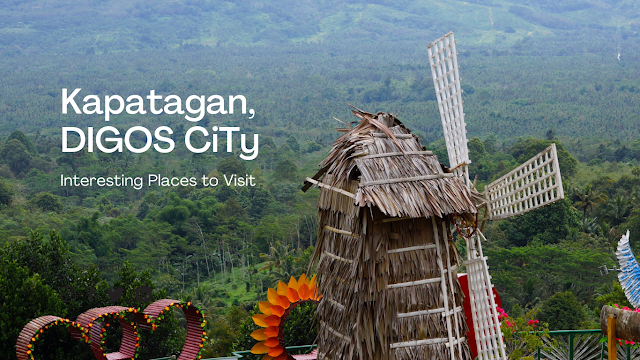Alicia, Zamboanga Sibugay
Alicia, a municipality situated in the province of Zamboanga Sibugay, Philippines, is a town that bridges the past and the future with its unique blend of heritage and progress. With diverse native languages like Subanon, Cebuano, Chavacano, and Tagalog, Alicia reflects the rich cultural tapestry of the Philippines. The town covers an area of 183.08 square kilometers and is located at coordinates 7°30′22″N 122°56′28″E. History and Cultural Heritage Alicia's history is rooted in the heritage of its people. Throughout the years, the town has preserved its cultural traditions and practices, making it a treasure trove of indigenous customs and beliefs. The native languages spoken in Alicia are not only a means of communication but also a testament to the town's cultural diversity and resilience. Geography and Population Alicia is part of the 1st district of Zamboanga Sibugay and is composed of 27 barangays. The town's population, as recorded in the 2020 census, stands at 39,456...







